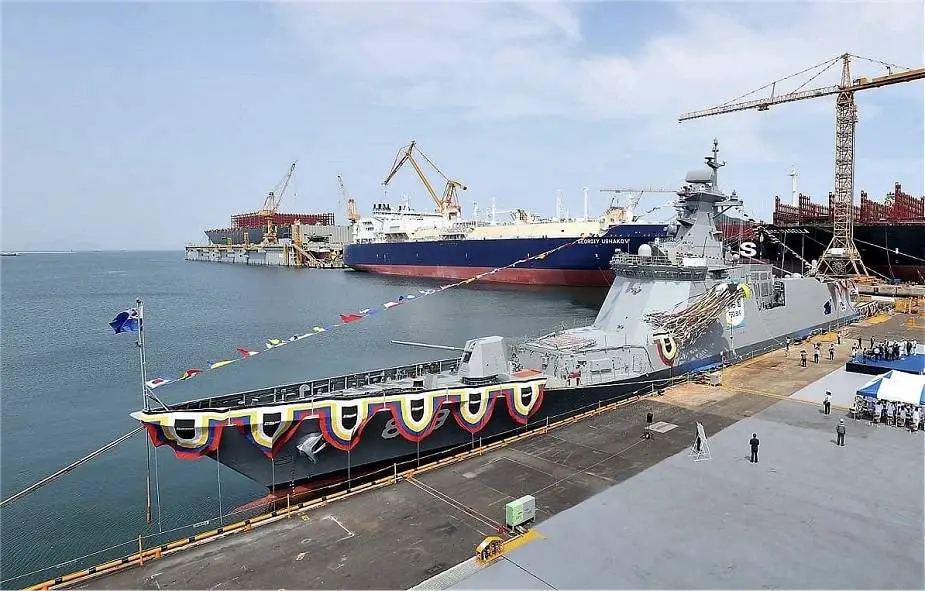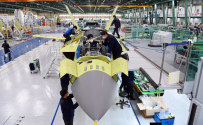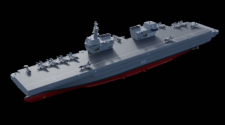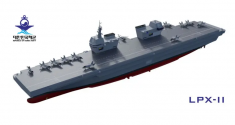South Korean Light Armed Helicopter cleared for active combat
Korea Aerospace Industries, Ltd
South Korea’s Defense Acquisition Program Administration (DAPA) has reported that the new Light Armed Helicopter, commonly known as LAH, has been initially declared fit for combat.
DAPA’s evaluation has concluded that the LAH program can transition from the development to the pre-production phase, according to multiple reports.
The new helicopter, developed by the Korea Aerospace Industries (KAI), designed for replacing the Republic of Korea Army’s aged attack helicopters (MD-500, AH-1S). The LAH project is the one that aims to develop a cutting-edge armed helicopter suitable for the modern battlefield.
The LAH has been developed around the LCH (Light Civil Helicopter), a local version of the Airbus Helicopters H155 twin-engined platform. Through the synergy of maximizing commonality in subsystems and parts with LCH, KAI will reduce the development, production, and sustainment cost.
The new combat aerial platform features stub wings provisioned to carry 70mm rocket pods, as well as a nose-mounted electro-optical/infrared (EO/IR) sensor and a 20mm three-barreled turret gun, fuselage- and tail-mounted missile warning receivers, and upwards-directed exhausts for a reduced IR signature.
LAH conducted its first flight successfully in 2019. KAI aims to complete the development of LAH in 2022.
As of today, 3 prototype helicopters have conducted over 850 hours of test flights in the past year.
If you wish to report grammatical or factual errors within our news articles, you can let us know by using the
.
If you would like to show your support for what we are doing, here's where to do it:
Executive Editor




